Growing Focus on Energy Efficiency
The Battery Free Sensors Market is experiencing a notable shift towards energy efficiency, driven by increasing awareness of environmental sustainability. Organizations are actively seeking solutions that minimize energy consumption while maintaining operational effectiveness. Battery free sensors, which utilize energy harvesting technologies, align with this trend by eliminating the need for traditional batteries. This not only reduces waste but also lowers operational costs associated with battery replacements. According to recent estimates, the energy efficiency sector is projected to grow significantly, with battery free sensors playing a crucial role in this transformation. As industries strive to meet regulatory standards and consumer expectations for sustainability, the demand for energy-efficient solutions is likely to propel the Battery Free Sensors Market forward.
Rising Adoption in Smart Agriculture
The Battery Free Sensors Market is witnessing a surge in adoption within the smart agriculture sector. Farmers are increasingly utilizing battery free sensors to monitor soil conditions, crop health, and environmental factors without the need for frequent battery replacements. This technology not only enhances operational efficiency but also contributes to sustainable farming practices. The Battery Free Sensors Market is projected to reach substantial figures, with battery free solutions gaining traction due to their reliability and low maintenance requirements. As the agricultural sector seeks innovative ways to improve yield and reduce resource consumption, the Battery Free Sensors Market is poised for significant growth, driven by the demand for smart farming solutions.
Advancements in Wireless Communication
The Battery Free Sensors Market is benefiting from rapid advancements in wireless communication technologies. Innovations such as low-power wide-area networks (LPWAN) and Bluetooth Low Energy (BLE) are enhancing the capabilities of battery free sensors, enabling seamless data transmission without the constraints of traditional power sources. These advancements facilitate the integration of battery free sensors into various applications, including smart cities, healthcare, and industrial automation. The ability to transmit data over long distances with minimal energy consumption is particularly appealing to sectors looking to optimize their operations. As wireless communication continues to evolve, the Battery Free Sensors Market is likely to see increased adoption, driven by the need for efficient and reliable data exchange.
Integration with Smart Home Technologies
The Battery Free Sensors Market is experiencing a notable integration with smart home technologies. As consumers increasingly adopt smart home devices, the demand for battery free sensors is rising. These sensors can monitor various parameters such as temperature, humidity, and security without the need for battery replacements, making them an attractive option for homeowners. The smart home market is projected to expand rapidly, with battery free sensors playing a pivotal role in enhancing user experience and convenience. By providing reliable data without the hassle of battery maintenance, these sensors are likely to become a standard component in smart home ecosystems, thereby driving growth in the Battery Free Sensors Market.
Increased Investment in Research and Development
The Battery Free Sensors Market is witnessing increased investment in research and development, aimed at enhancing the performance and capabilities of battery free technologies. Companies are focusing on developing innovative energy harvesting methods, such as piezoelectric and thermoelectric systems, to improve the efficiency of battery free sensors. This investment is crucial as it not only fosters technological advancements but also addresses the growing demand for sustainable solutions across various sectors. As research initiatives yield promising results, the Battery Free Sensors Market is likely to benefit from a broader range of applications and improved sensor functionalities, further driving market growth.

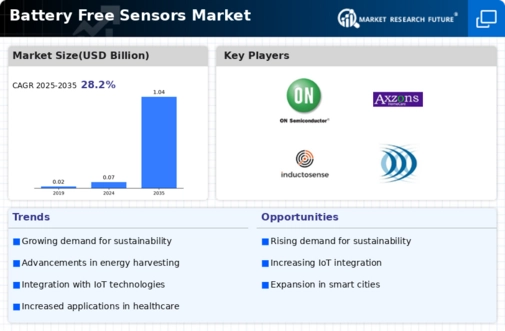
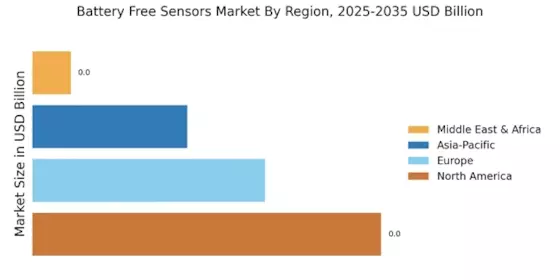
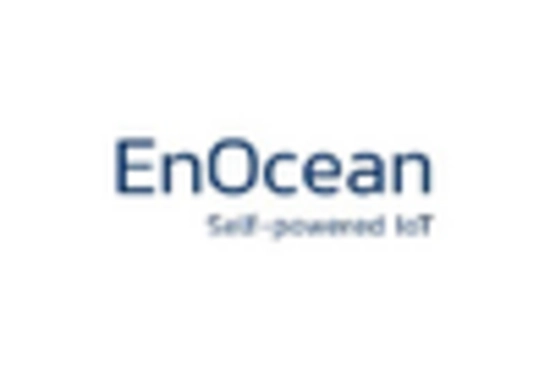
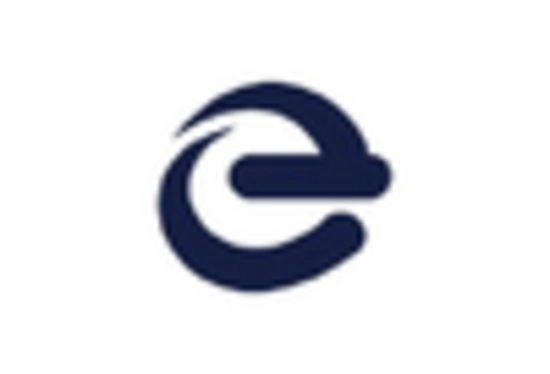
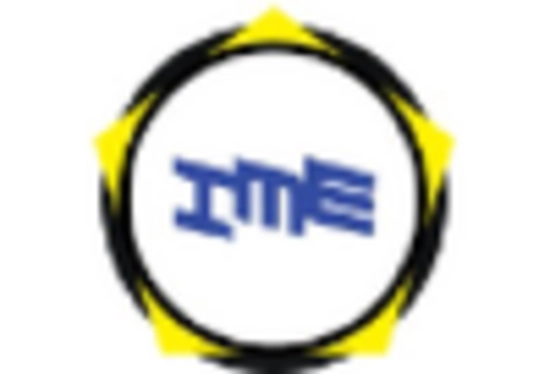
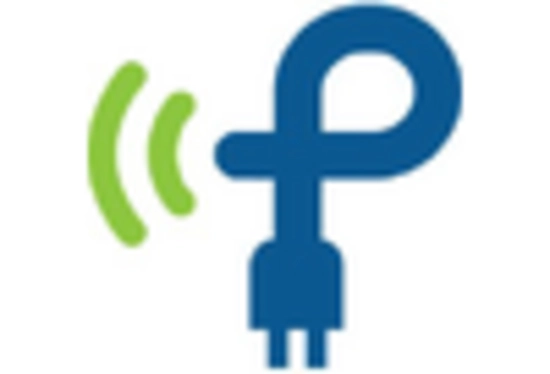
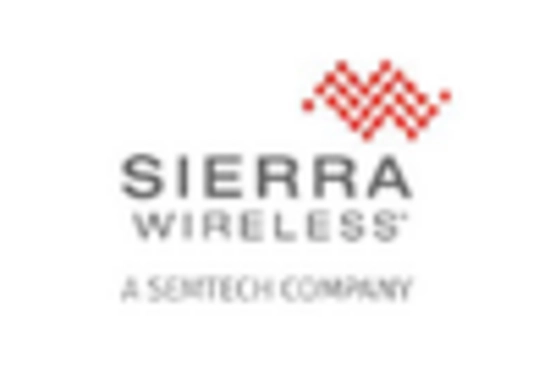
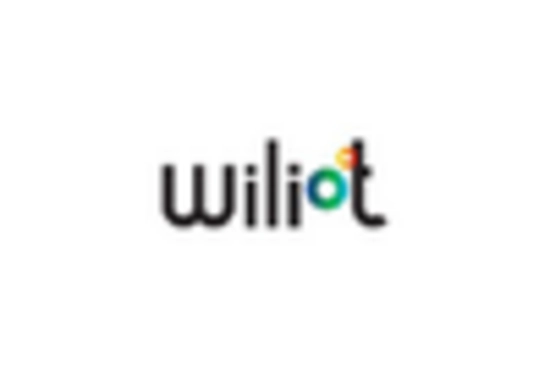








Leave a Comment